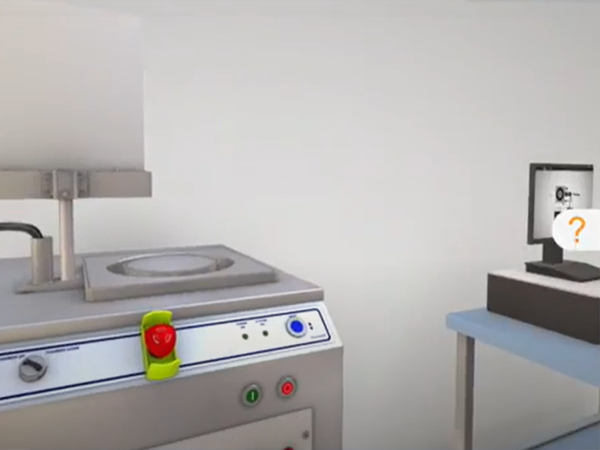Easy to use apps to learn and explore
Simple apps that focus on user experience and delivery of modeling results.
No software installation needed and a gentle learning curve.
Used by 90,000+ students around the world.
Semiconductor Device Fundamentals with ABACUS
ABACUS is a set of tools that have been used by hundreds of classes to enable students to explore the fundamental devices that are taught in typical undergraduate and graduate level courses.
Introduction to TCAD Simulation with aTCADlab
nanoHUB tools ranging from process simulation, over device simulation to circuit simulation.
Advancing Quantum Mechanics for Engineers with AQME
The AQME toolbox holds a set of easily employable tools appropriate for teaching a quantum mechanics class in either engineering or physics.
Virtual Reality Immersive Learning in vFabLab™
nanoHUB is partnering with vFabLab™ to enable students at all educational levels to learn about real semiconductor device processing tools. Currently vFabLab™ users have to sign up separately from a nanoHUB account.
DFT Material Properties Simulator
Materials modeling provides a cost and time efficient method for studying their properties, especially in nanotechnology where length and time scales are not accessible experimentally. The tool relies on density functional theory (DFT) calculations to compute specific properties for a wide range of materials including semiconductors, insulators, and metals. The tool can compute electronic band structures, density of states, bulk modulus, dielectric constants and other properties of the material. The user can select from various pre-set materials or create one of their own by specifying the atomic structure.
Nanomaterial Mechanics Explorer
This tool enables users to explore properties of materials from the atomistic scale including dislocation motion, crack propagation, plastic deformation, melting, and martensitic transformation. The tool uses molecular dynamics simulations with pre-built examples and full control of individual simulation parameters for experienced users within advanced options. The tool runs the LAMMPS molecular dynamics code and connects to OpenKIM, a database of interatomic models, enabling simulation of over 30 elements and 50 alloys from more than 180 models, primarily of the embedded-atom method type.





